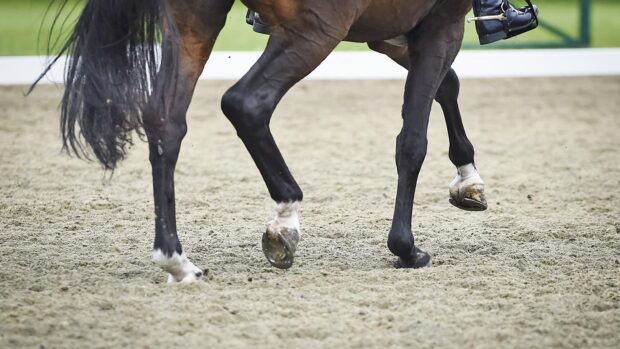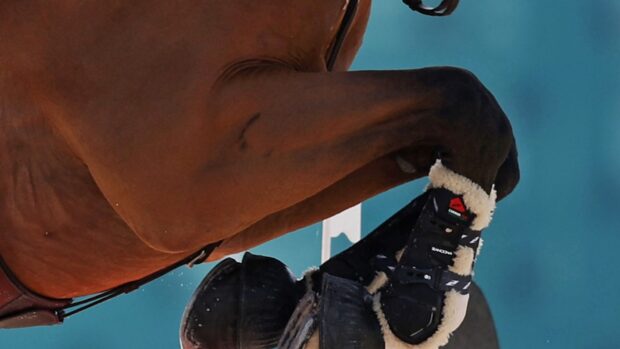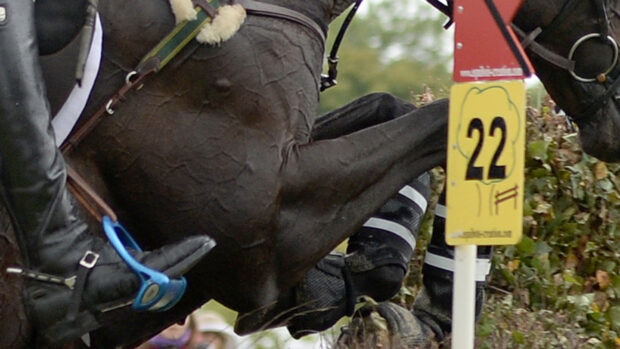Horse and human welfare are at forefront of the Olympics, with “comprehensive” heat and humidity protocols in place, as temperatures soar in Paris.
The temperature reached 33.8C in Versailles yesterday (30 July), the first day of the grand prix dressage, but a range of measures was put in place to keep horses comfortable.
These included the use of advanced thermal imaging on the horses during the warm-up and immediately after they had completed their tests, to allow for “early identification of potential heat stress”. Extra cooling stations were added across the venue with cold water, ice and personnel to assist with immediate cooling for the horses. Wet bulb globe temperature (WBGT) monitoring, a measure of the heat stress in direct sunlight that takes in factors including humidity and wind, was also carried out throughout the day.
“While we strive for all equestrian events to take place in optimal climatic conditions, it is often logistically challenging to achieve such conditions,” said FEI veterinary director Göran Åkerström.
“Thanks to our protocols, horses cooled down swiftly and displayed no signs of heat stress, underscoring the efficacy of our climate mitigation strategies. The FEI uses the WBGT Index as a standard tool for assessing and managing thermal stress. The index measures solar radiation, ground heat reflection, humidity and windspeed, and is used by several sports as it is the most comprehensive index to monitor the climate’s effect on humans, and in our case, also horses.”
Mr Akerstrom added that this “precise method” allows the FEI to accurately gauge the potential for heat stress and “implement the necessary measures to safeguard our horses’ and humans’ welfare”.
“These measures get put in place once the WBGT index is higher than 28C, and in today’s case (30 July) the index reached the high peak of 33.8C.”
Yesterday riders spoke about the heat, and many adapted their warm-up routines, including US rider Adrienne Lyle with Helix.
“I think the tricky thing as a rider is they’re going to feel excited, but you have to remember the heat. So we really did a very short warm-up, tried not to get him hot and sweaty in the morning, knowing it was going to be such a hot time of day that I went,” she said.
British-based Australian Jayden Brown said he did a much shorter warm-up with Quincy B than he normally would, and this consisted of mostly walking.
“I would have definitely preferred a cooler day, but that’s what you get,” he said. “Quincy’s a really big, solid horse. You just have to ice him down a lot, and make sure he doesn’t get overheated. I did a lot more softening him in the walk, rather than doing too much.”
Germany’s Frederic Wandres praised the measures in place for the horses.
“When we came out after the test they had fans and icing, and there were stewards taking the horses’ temperatures. Every horse responds differently to the heat, so it’s good to have someone there monitoring,” he said.
- To stay up to date with all the breaking news throughout the Olympic Games, Burghley, the Horse of the Year Show and more, subscribe to the Horse & Hound website
You might also be interested in:




